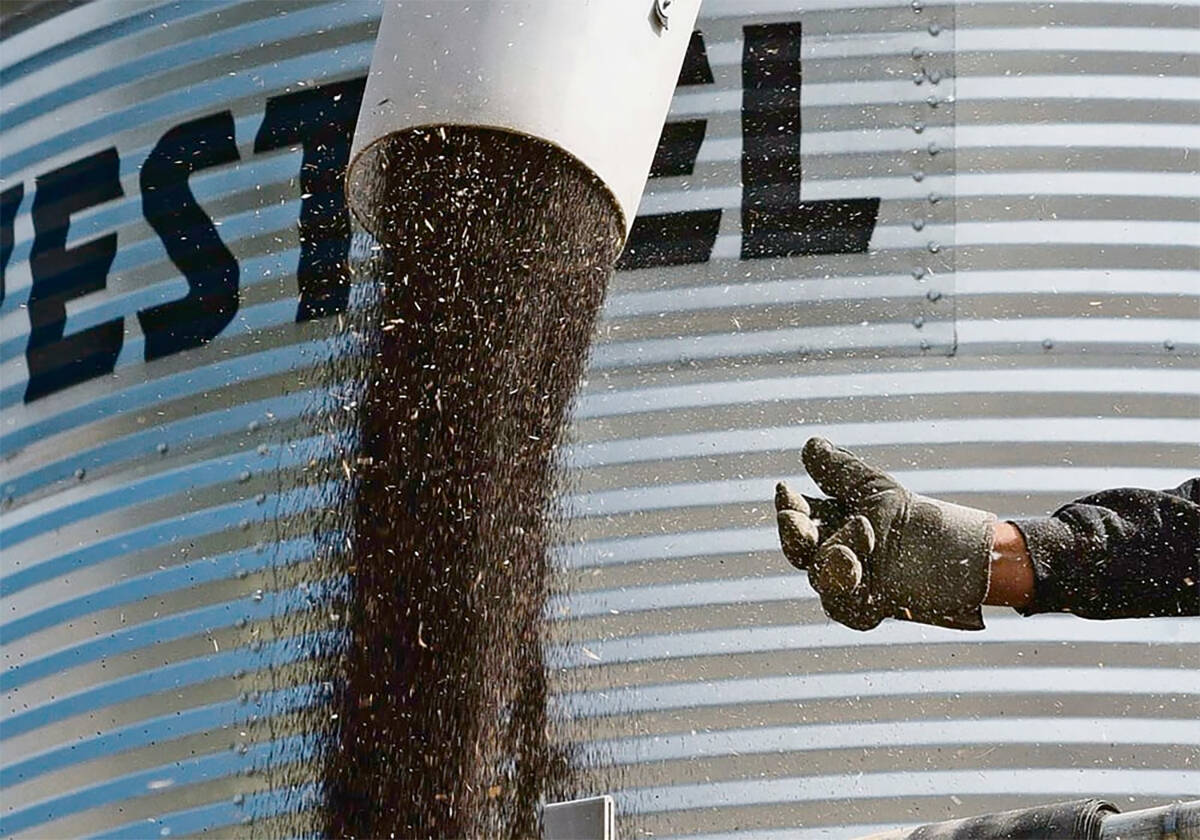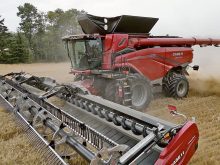CLARESHOLM, ALTA. – A creek that can support fish is probably in good shape.
Fish counts can be done with electro fishing, a technique in which an electric current is sent through the water to make the fish swim in one direction.
They are caught in a net, checked for species, numbers, size and health and then released, said Brian Meagher of Trout Unlimited.
“It is a very good way to collect a lot of little fish,” he told the Lyndon Creek Conservation Partnership, a group of ranchers who have organized major riparian restoration projects on the creek west of Claresholm.
Read Also

Farmers urged to be grain-safe this fall
Working around grain bins comes with risk, from farmers falling to drowning in grain: Experts have five tips to help avoid grain-related accidents this harvest.
Lyndon Creek is narrow, meandering and shallow in many places but holds large populations of suckers and minnows.
The water is fairly warm so large game fish are not found there. The presence of fish indicates a healthy aquatic system.
“What you do on the land can affect what happens in the streams,” said Mike Uchikura, who works on the Alberta Conservation Association’s fish assessment project.
The fish catch involves one person wearing a backpack with a generator and battery linked to a large wand to send a shock into the water. Another person nets the fish that swim to the surface toward the pole carrying the current. They found mountain suckers, white suckers, long nosed suckers, minnows and other small varieties.
“They are in every lake and every river in this province,” Meagher said.
They can also track how far some species such as whitefish or trout might travel and assess the age of the fish and whether they are healthy and actively spawning.















